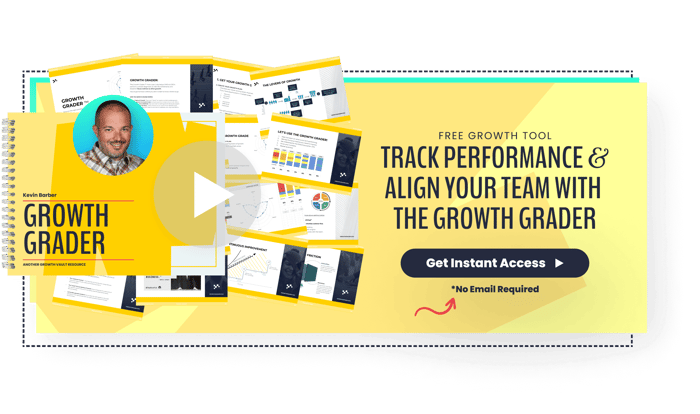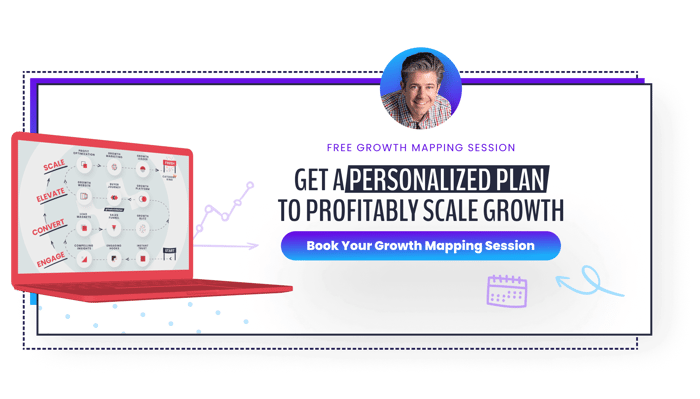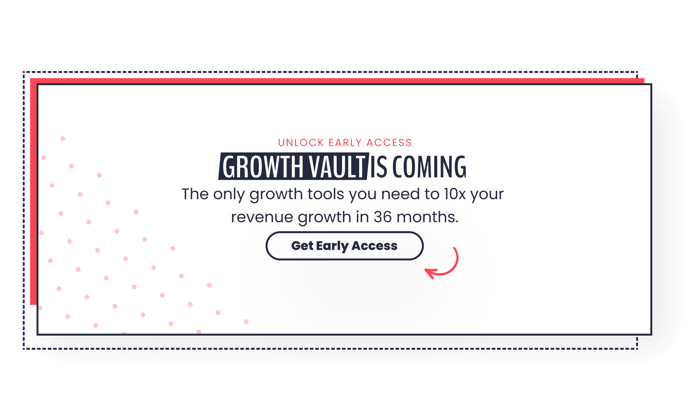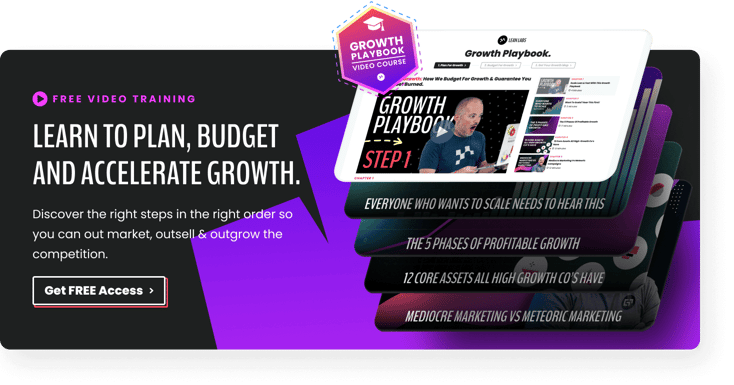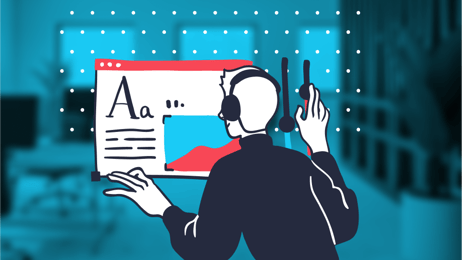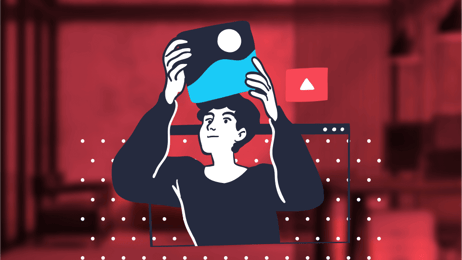What happens inside your SaaS startup when a new lead comes in? We all know the dream scenario: you wow them with valuable content and resources, show them why your SaaS product is the best solution to their problem, and they convert.
However, this is not how it always goes. SaaS startups focus on building awareness and driving visitors to their website, and rightly so. You need to grow users, and step one is getting prospects to know you exist. But what happens from there?
Like many companies we work with, you may encounter slowdowns once a lead comes in the door. There’s another name for this problem: friction. It causes leads to stall out across your buyer journey, resulting in longer sales cycles and increased customer acquisition costs.
The good news is, it’s entirely fixable. In this article, we’ll help you understand how to identify friction in your own SaaS buyer journey and provide tips to help you correct these roadblocks.
Friction is a Killer for Profitable Customer Acquisition
Beyond offering a better experience for potential customers, a friction-free buyer journey is a profitable one. For example, if your leads aren’t high quality or you don’t have a solid lead nurture process in place, it can take a lot of effort to convert a lead to a paying customer.
Effort equals time. Time equals money.
Reducing sticking points in your buyer journey is table stakes in winning the fight for customers. The result of reducing friction in your buyer journey is making profitable customer acquisition a competitive advantage.
What Friction Looks Like in a SaaS Buyer Journey
Let’s start with a definition: friction is anything that interrupts the buyer’s journey and makes it hard for them to do business with you.
It can happen at any point in the buyer’s journey, from becoming aware of your offering, through consideration/evaluation, and in the decision-making stage. Here’s a few examples of what friction can look like in each of these stages:
Awareness:
- Messaging focused on your product features, not how you help solve buyers’ problems
- A website that is hard to navigate
- Convoluted website copy
Consideration and evaluation:
- Website forms asking for too much information
- Taking too long to follow up with leads
- No nurture process to get leads to “raise their hand” and ask for a demo, quote, etc.
Decision making:
- Lack of case studies, testimonials, and other objection-busting content assets
- Taking too long to answer prospect questions
- No strategic value in your pricing
All of these examples amount to a poor experience for prospects and inflated customer acquisition costs for you.
Understanding your SaaS Buyer Journey is Your Starting Point
So, you know what friction looks like and that you need to get rid of it. But where do you start?
Your buyer journey. Again, think of it in terms of three stages: 1) awareness, 2) consideration and evaluation, and 3) decision making.
For each stage, you have to be able to answer a few questions. Your answers will help you challenge assumptions you may have made and build an action plan.
Awareness stage
Someone in this stage has recently encountered a large and inconvenient problem to make them search for a solution. The most important questions for you to answer are:
- What problems are causing your ideal buyer to look for a solution?
- How and where will they search for an answer?
- How can your B2B saas product help solve their problem?
For example, let’s assume you sell accounting software designed specifically for small businesses and answer the three questions above.
- The problem causing them to look for a new solution: the spreadsheets they are using to manually do their own accounting take way too much of their time.
- They will search for their answers on Google, ask other small business owners for recommendations, or ask their local chamber of commerce business development office to point them to possible solutions.
- Your accounting software can integrate with their point of sale system to automate data entry and decrease the amount of manual work they have to do.
Knowing this, you could update your website messaging around their central concern (time) and build a strategy around search engine marketing and outreach to chambers of commerce and business development offices in your geographic footprint.
Consideration and evaluation
In this stage, buyers use their own criteria to weigh their options. They will also look for ways to educate themselves on their options, and will create a shortlist of solutions if a product looks like it will solve their core problems.
Let’s go back to our accounting software example. These could be the four most important criteria for potential buyers, our small business owners:
- Integration with their point of sale software to automate data entry.
- Price, since they’re a small business owner.
- Easy to learn, since they don’t have a lot of spare time.
- Customer support, which they value because it’s core to their business.
The integration aspect is the most important, as it solves the problem that caused them to start looking for a solution initially. A list of POS systems your accounting software integrates on your product page would be extremely valuable at this point in their journey.
If pricing is the second-most important criteria, a pricing page would be the next most valuable content to provide. You would also want to create content on how user-friendly and easy to learn the software is, and a customer support page to ensure potential buyers they would be taken care of.
Understanding your ideal buyer’s core criteria informs the type of lead nurturing content you provide them. The goal is to speak to their problems in the context of how your product solves them and would make their lives easier well enough to make it on their shortlist.
Decision making
This stage is all about closing the deal. You need to convince your ideal buyer why they should choose your solution over your competitors. Objections will surface, so you have to be ready to counter them.
A good starting place is covering objections you’ve heard in the past. Identify which objections come up the most, as they will be valuable for the content or resources you create for this part of the buyer journey. This should include objections from deals both won and lost, as you can learn a lot from past failures.
You can use the insights from these objections to provide value as you work to convince your ideal buyer your product is the answer they’re seeking. This can take the form of direct product comparisons, case studies, client testimonials, or subject matter expert consultations.
You should also paint a picture of what would happen right after they sign on the dotted line. Assuming they purchased your accounting software tomorrow, what can they expect?
Identify the exact onboarding steps, what you would need from them, and specific timeframes to fill in as much detail as possible. Offer them a vision of what success looks like one month, one quarter, or one year after they start using your product.
If you can get your ideal buyer to envision themselves using your product, it increases your odds of being chosen as the answer to their problem.
It’s Time to Make Customer Acquisition Your Competitive Advantage
SaaS and tech brands have to understand their buyer journey than their competitors better and focus on eliminating friction.
Doing so will spur faster sales cycles, improve your marketing dollars' performance, and put you on the path to profitable customer acquisition.
The best way to build a high-performing buyer journey? Our Growth Playbook. It details how we do everything we’ve touched on in this post and more to 10X our clients’ growth over 36 months.
If you want to see how we drive success, this is your playbook.

